Invasive Fish That Consumes Birds And Can Travel On Land Discovered In 9 U.S. States
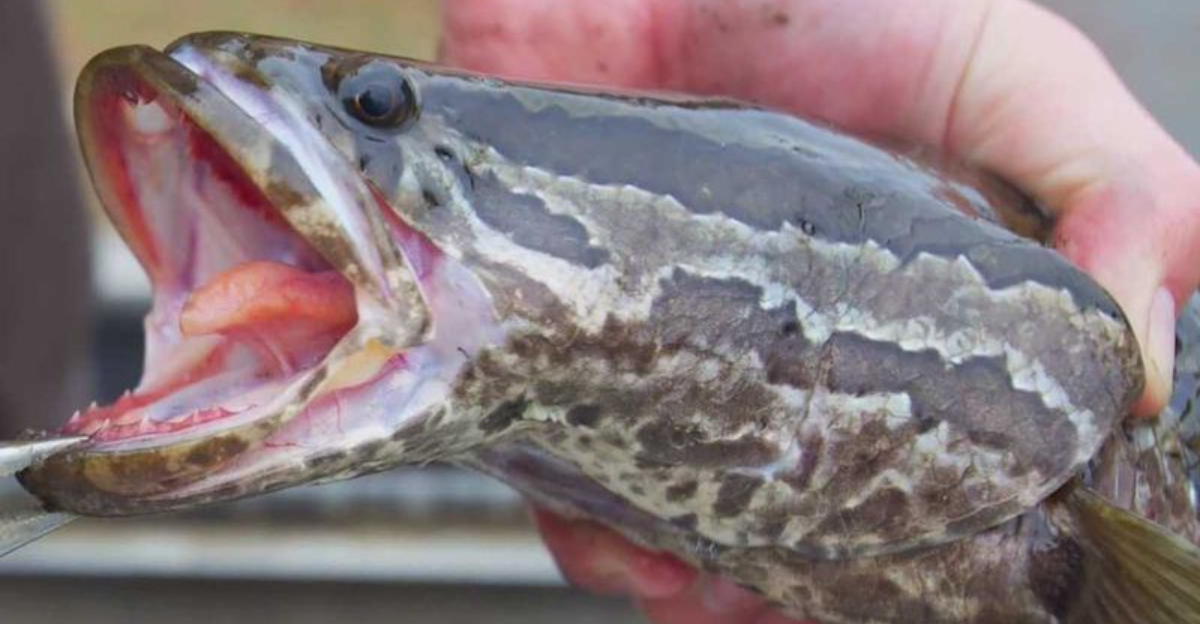
A dangerous predator is swimming through American waters and crawling across our land. The Northern Snakehead fish, native to Asia, has been discovered in nine U.S. states where it’s wreaking havoc on local ecosystems.
This invasive species can breathe air, travel on land, and even consumes birds, making it one of the most concerning aquatic invaders in recent history.
A Menacing Invasive Species
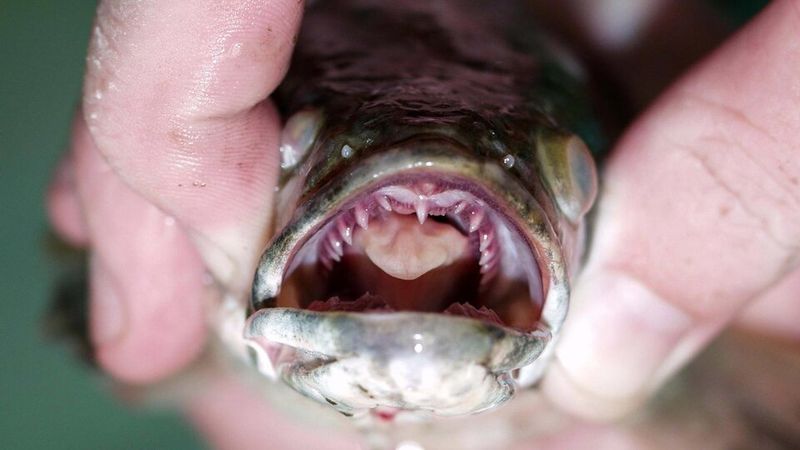
The Northern Snakehead resembles something from a science fiction movie with its long, torpedo-shaped body and powerful jaws filled with razor-sharp teeth. Native to China, Russia, and Korea, these predators can grow up to three feet long.
Their mottled brown coloration provides perfect camouflage in murky waters. Nicknamed “Frankenfish,” these creatures have established themselves as apex predators wherever they appear.
How The Northern Snakehead Hunts
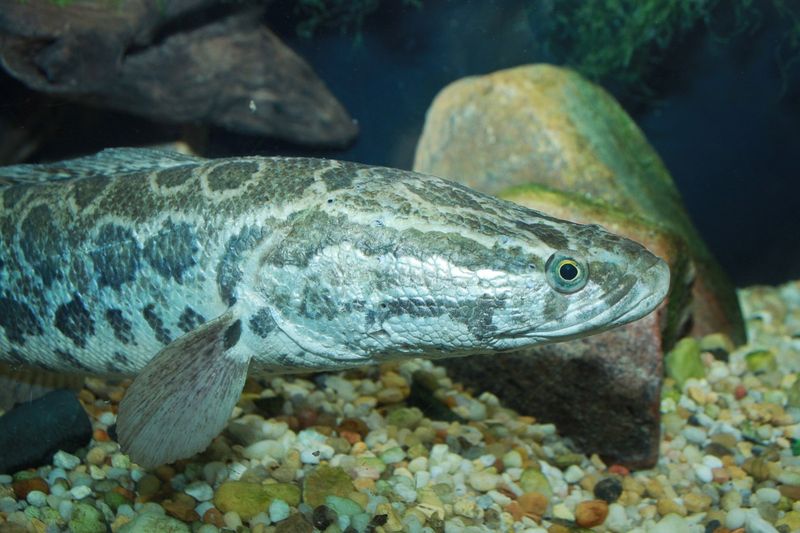
Ambush predators by nature, Northern Snakeheads lurk in vegetation before striking with lightning speed. Their diet includes fish, frogs, crustaceans, and yes – even small mammals and birds that come too close to the water’s edge.
Armed with remarkable patience, these hunters can remain motionless for hours. Their voracious appetite means they consume nearly anything they can fit in their mouths.
The Discovery Of The Northern Snakehead In The U.S.
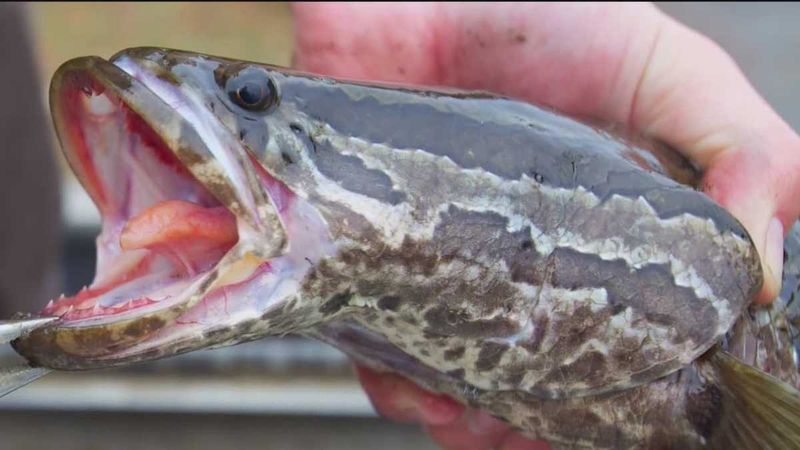
The first U.S. Northern Snakehead was found in a Maryland pond in 2002, causing immediate alarm among wildlife officials. A local man had purchased the fish from a New York market to prepare for his sister, who was ill.
When she recovered without needing the traditional remedy, he released the fish into the pond. By 2004, established populations were found in the Potomac River, marking the beginning of a widespread invasion.
9 U.S. States Where The Northern Snakehead Has Been Found
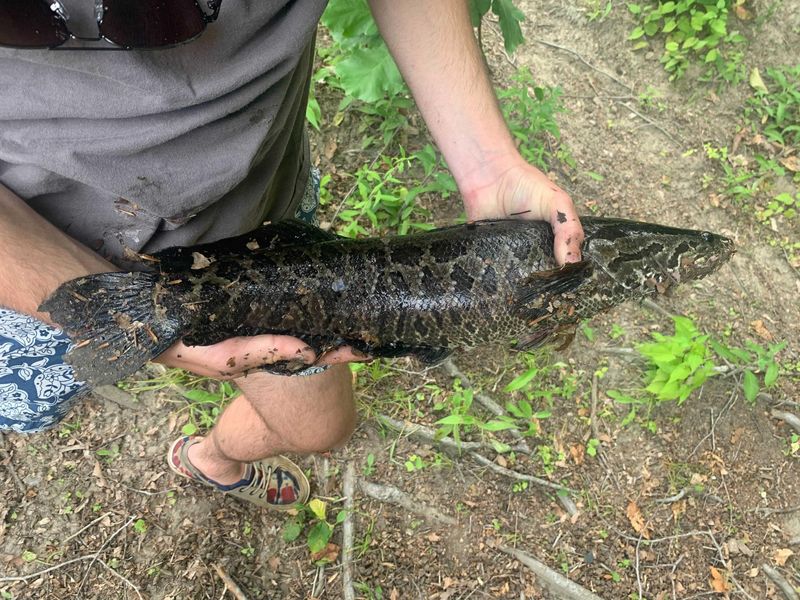
Maryland was ground zero for the invasion, with the Potomac River now heavily infested. Virginia’s Rappahannock River became home to thriving populations by 2006. Pennsylvania reported specimens in the Delaware River watershed starting in 2004.
New York, Connecticut, North Carolina, Massachusetts, Illinois, and Georgia have all confirmed sightings, with some states now hosting breeding populations. The fish’s spread continues despite containment efforts.
Aggressive Traits Of The Northern Snakehead
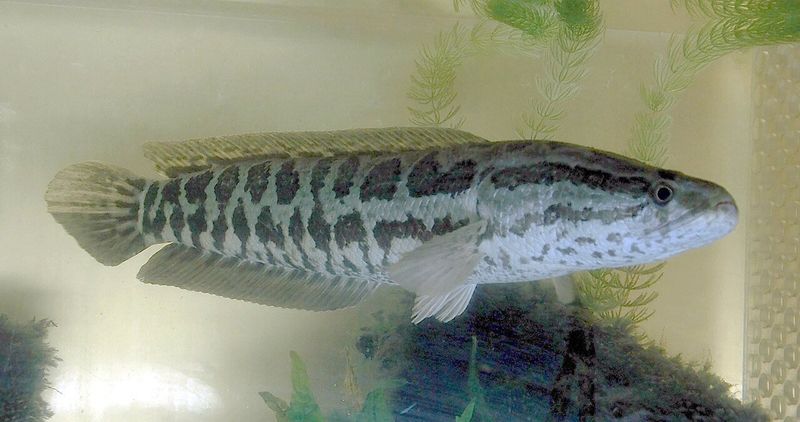
Unlike most fish, Northern Snakeheads possess primitive lungs alongside their gills, allowing them to breathe air for days. When waterways dry up or new habitats beckon, they wiggle across land using their fins as makeshift limbs.
Remarkably, they can travel up to a quarter mile on wet ground. This extraordinary adaptation means they can bypass natural barriers that would normally contain aquatic species.
How The Northern Snakehead Consumes Birds
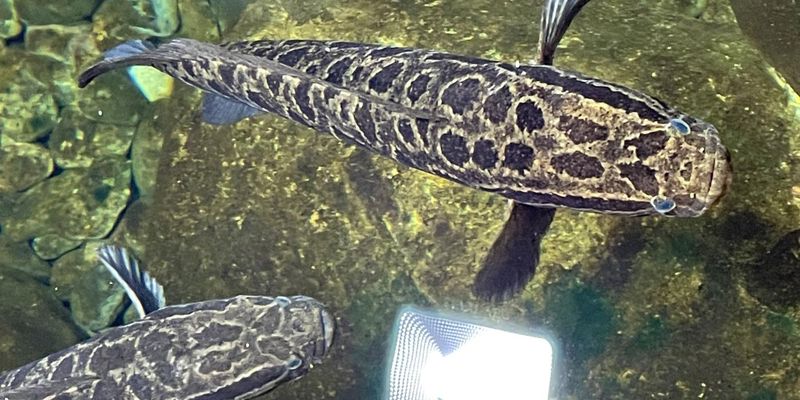
Birds that perch low over water or wade along shorelines become targets for hungry snakeheads. With explosive force, these fish can launch themselves partially out of water to snatch unsuspecting avian prey.
Ducklings are particularly vulnerable to these attacks. The fish’s powerful jaws and backward-facing teeth ensure that once caught, prey cannot escape, making the snakehead a terrifying hunter for creatures both in and above water.
Ecological Impact
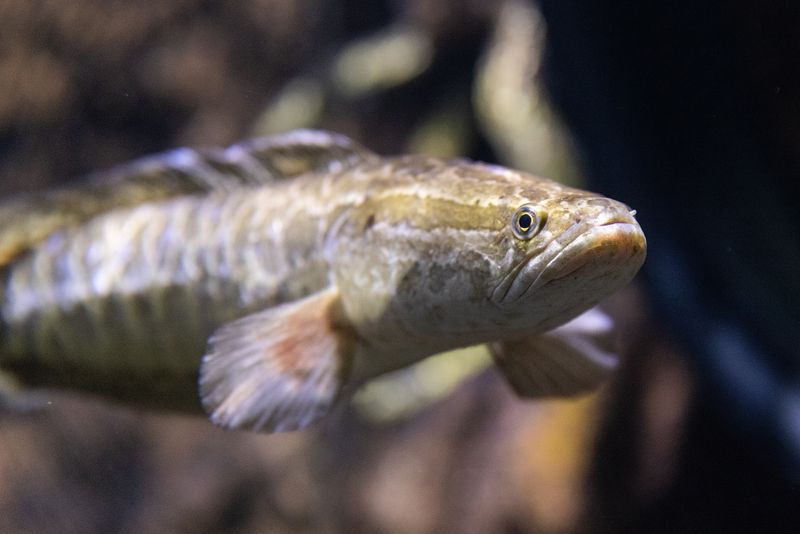
As voracious predators with few natural enemies, snakeheads devastate native fish populations through both predation and competition for resources. Their presence has been linked to declining numbers of bass, perch, and sunfish in affected waterways.
Beyond fish, they threaten amphibians, reptiles, and waterfowl. The economic impact on recreational fishing is substantial, with some areas seeing dramatic drops in desirable game fish.
Why The Northern Snakehead Is So Hard To Control
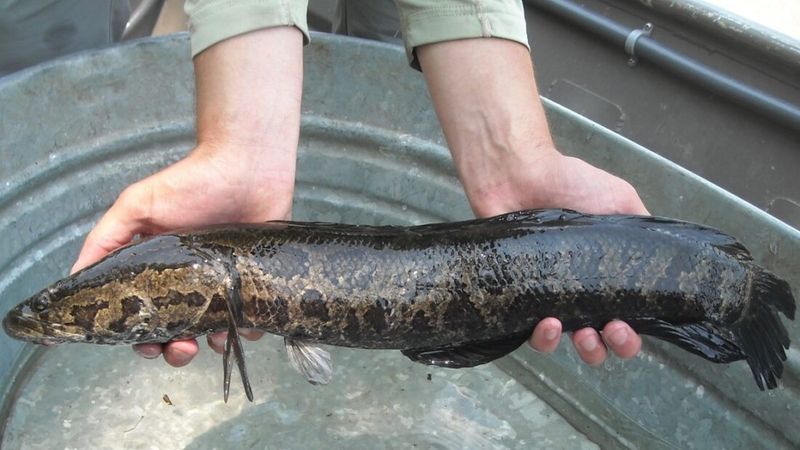
Traditional fishing methods prove inadequate against snakeheads’ cunning nature and ability to avoid nets. Their capacity to breathe air means they can survive even when waters are treated with piscicides that kill other fish.
Interconnected waterways make containment nearly impossible. Adding to the challenge, female snakeheads guard their young aggressively, ensuring higher survival rates compared to native species whose eggs and fry are often left vulnerable.
Longevity And Reproduction
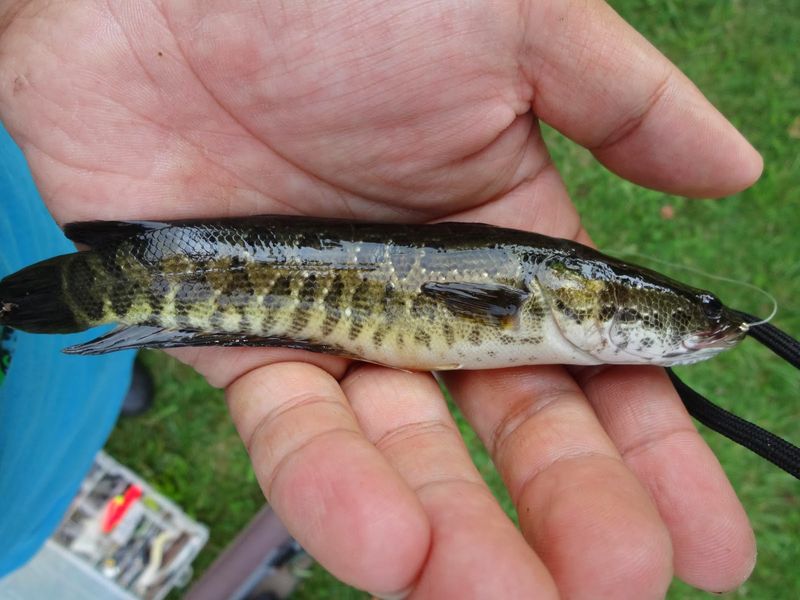
Female snakeheads are reproductive powerhouses, capable of spawning up to five times annually and releasing up to 15,000 eggs each time. Remarkably, they reach sexual maturity in just two years and can live for 15 years in the wild.
Parents guard their offspring fiercely, significantly increasing survival rates. This reproductive strategy creates an exponential population growth that outpaces eradication efforts by wildlife authorities.
Why Wildlife Experts Are Concerned About Its Expansion
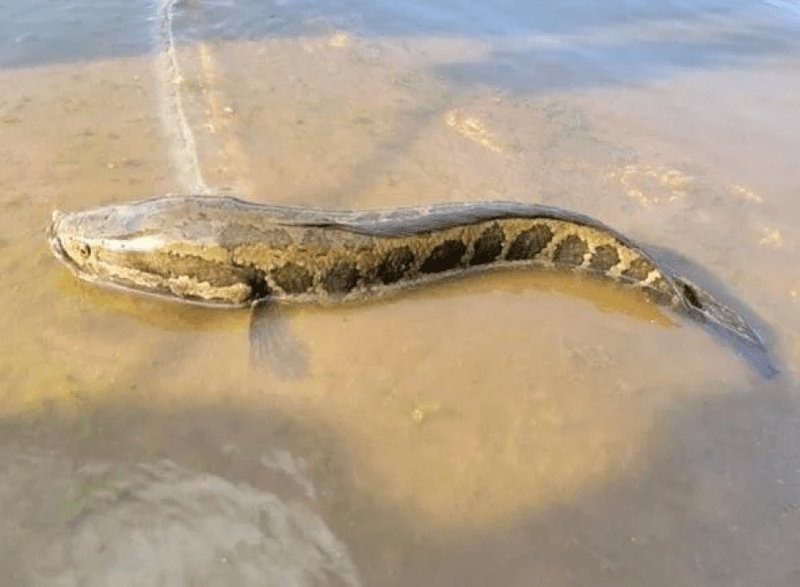
Biologists fear the snakehead could potentially inhabit waters in 49 states based on climate modeling. Each new watershed colonized represents another ecosystem at risk of permanent alteration.
The Great Lakes remain particularly vulnerable – if established there, the economic and ecological damage would be catastrophic. Unlike other invasive species that eventually reach equilibrium, snakeheads show no signs of integration without devastating native populations.
Legal Measures Against The Northern Snakehead
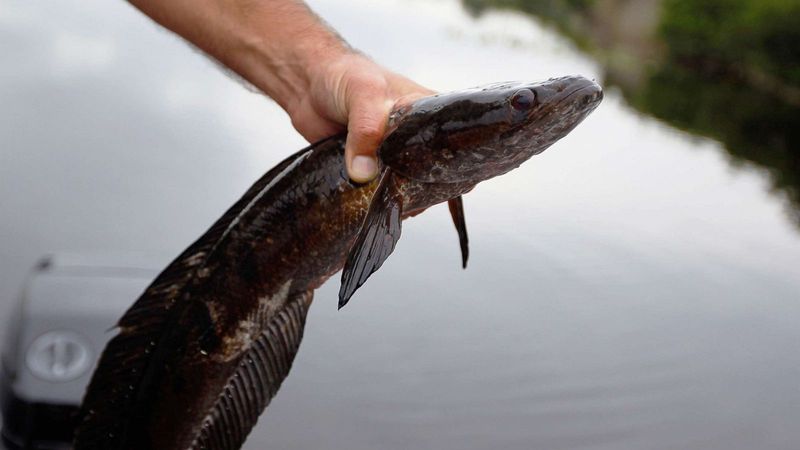
The U.S. Fish and Wildlife Service banned the import and interstate transport of live snakeheads in 2002 under the Lacey Act. Most affected states have implemented “catch and kill” policies, making it illegal to possess live specimens.
Maryland pioneered snakehead fishing tournaments as control measures. Some states require immediate reporting of sightings, with hefty fines for those who intentionally release these fish into local waters.
The Unexpected Solution
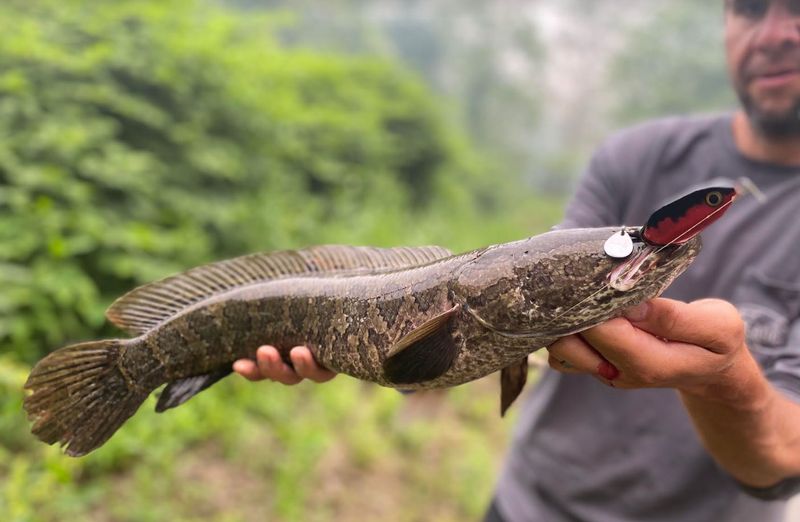
Creative chefs have begun featuring snakehead on restaurant menus, describing the mild, white flesh as similar to cod. Community fishing events specifically targeting snakeheads have gained popularity, turning pest control into recreation.
Some commercial fisheries now harvest them for food markets. This “if you can’t beat them, eat them” approach represents one of the more successful management strategies, creating economic incentive for population control.






